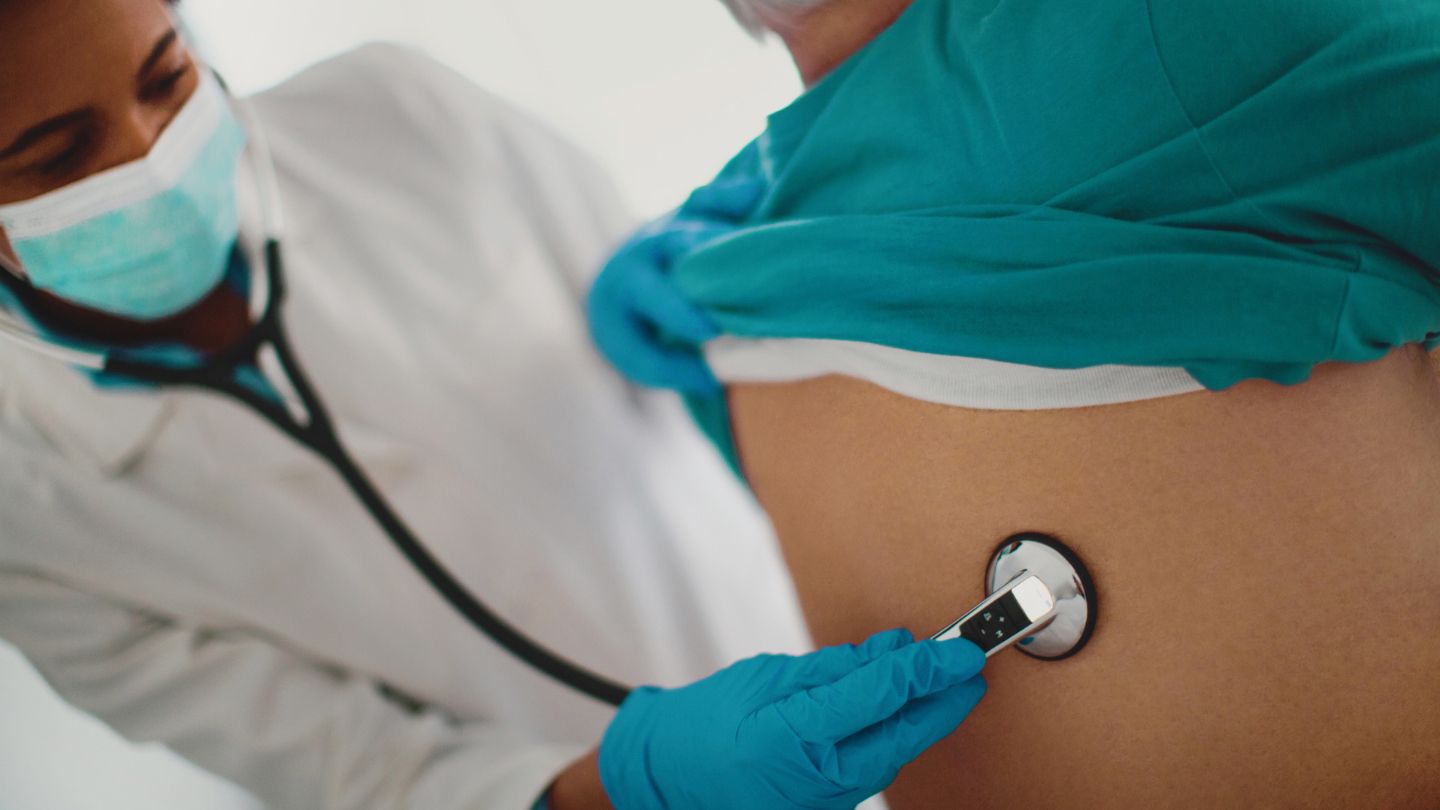Emphysema Explained: Symptoms, Causes and Treatment
Emphysema is a chronic and progressive lung disease. Damage to the air sacs (alveoli) in the lungs (reduced oxygen exchange and difficulty breathing) is characteristic of this. By understanding emphysema we are one step ahead of early detection, effective management and improve our quality of life.
What Is Emphysema?
Alveoli in the lungs are tiny air sacs, which are required to take in and blow out oxygen, and damage done to them reduces the lung’s capacity to exchange oxygen with the bloodstream. This eventually causes development of breathlessness and other respiratory illnesses. Emphysema is responsible for a huge majority of COPD related deaths worldwide. Most often, smokers or those exposed to environmental pollutants over age of 40, are affected most often.
Causes of Emphysema
1. Smoking:
The leading cause of emphysema is smoking which damages lung tissue and leads to inflammation. Elastic fibers of the alveoli are broken down due to tobacco smoke that drops its ability to expand and contract properly.
2. Environmental Factors:
Air pollution, chemical fumes and industrial dust can regularly irritate the lungs and lead to emphysema. High risk people are those working in some industries like construction or mining.
3. Genetic Factors:
Non smokers can be affected by emphysema through a rare hereditary condition: Alpha-1 antitrypsin deficiency. This protein protects the lungs from damage, and those who don’t have it are at greater risk.
4. Aging and Natural Lung Changes:
Lung elasticity decreases with age; people are more likely to get emphysema.
Symptoms of Emphysema
If you have emphysema, symptoms usually develop gradually and get worse over time. Early recognition of these symptoms can result in medical intervention in a timely fashion.
Early Symptoms:
- Shortness of breath when you perform physical activity.
- Coughing and wheezing that doesn’t go away.
Advanced Symptoms:
- Difficulty breathing even at rest.
- Low levels of oxygen fatiguing you.
- Increased effort to breathe – causing weight loss.
- The lungs are susceptible to frequent respiratory infections.
Symptoms become worse and more severe with the disease; and daily activities become significantly restricted.
Diagnosing Emphysema
Physical examination, imaging, and pulmonary function tests are combined to make a diagnosis of emphysema. If you are looking for expert care, consult a pulmonologist in Lahore to ensure an accurate diagnosis and effective treatment plan.
- Physical Examination: Signs of wheezing, or a barrel chest (enlarged chest from trapped air) may be checked by a healthcare provider.
- Imaging Tests: Changes in lung structure that might be seen on Chest X-rays and CT scans include enlarged air space, flattened diaphragm.
- Lung Function Tests (Spirometry): These tests are for determining how much air a person can blow out in a time, telling you about how much lung capacity and how much airflow ability that you have.
- Blood Tests: Blood tests of oxygen and carbon dioxide help to determine how effectively the lungs are working. In some cases, performed as a genetic test, may be the Alpha-1 antitrypsin deficiency.
Treatment of Emphysema
While emphysema itself is not curable, treatments that help alleviate symptoms, slow down progression of disease and improve a person’s quality of life are given.
1. Lifestyle Changes:
Managing emphysema is most critical if you quit smoking. Also, avoid being around environmental irritants such as dust, fumes and pollutants since they can cause lung damage.
2. Medications:
Bronchodilators: They reduce how tightly muscles in your airway work so that you can breathe easier.
Corticosteroids: Steroids are used inhaled or orally to reduce lung inflammation.
Antibiotics: Taken to treat or prevent respiratory infections.
3. Pulmonary Rehabilitation:
Breathing exercises, physical therapy and education help people to manage symptoms and carry on an active life in rehabilitation programs.
4. Supplemental Oxygen Therapy:
In the more advanced cases oxygen therapy can indirectly improve blood oxygenation and help relieve breathlessness.
5. Surgical Interventions:
- Lung Volume Reduction Surgery (LVRS): Tissue is removed from damaged lungs to make breathing easier.
- Lung Transplant: Used for severe cases when other treatments aren’t effective.
Coping with Emphysema
Adapting to more challenges when you live with emphysema. Patients can improve their quality of life by:
- The methods of energy conservation to reduce fatigue.
- Take part in support groups and talk to people who are going through similar things.
- Regular check ups to monitor conditions are possible.
Preventing Emphysema
It’s closely linked to their primary causes, so they prevent emphysema. The most effective preventive measure is to quit smoking or avoid breathing second-hand smoke. Experts also recommend reducing exposure to air pollution as much as possible and wearing masks in hazardous environments to lower the risk. To keep complications at bay, those at risk should get vaccinations for the flu and pneumonia. If you are experiencing symptoms or need preventive guidance, consulting a pulmonologist in Karachi can help you stay on top of your lung health.
Conclusion
Emphysema is a serious lung condition that needs to be known and proactively taken care of. Knowing why it occurs, identifying the symptoms at an early stage and getting treatment are ways in which they can breathe properly and live their lives better. Powerful tools to fighting this disease are quitting smoking, and making lifestyle changes.
